The Movement Series So Far
Movement I | Movement II | Movement III | Movement IV | Movement V | Movement VI | Movement VII | Movement VIII | Movement IX | Movement X | Movement XI

Life is a constant series of movements. Our projects seem to never end; our day-to-day life becomes saturated with movement. A constant going to the shop, buying food, running around. The philosopher Albert Camus in The Myth of Sisyphus phrased it beautifully as
We, however, get used to this over-saturated-movement-based life to such a degree that all movement seems to stop. Momentum takes over, the daily hustle and bustle become monotomous, and everything seems to dissipate into repeated sameness.
Then suddenly it stops when you are confronted by the very everyday-ness of things. (If you want to read more about these philosophical musings, please scroll to the bottom of this post!)
But before I add more of these philosophical movements, please enjoy the photographs that always inspire these thoughts. My fascination with dead timber and driftwood is constantly renewed when I walk in secluded beach areas and forests. I hope that you like them. All of the photographs were taken with my Nikkor 50mm f/1.8 lens. I again played with the depth of field and focus point. I hope that you enjoy this edition of the Movement Series.
Movement XII

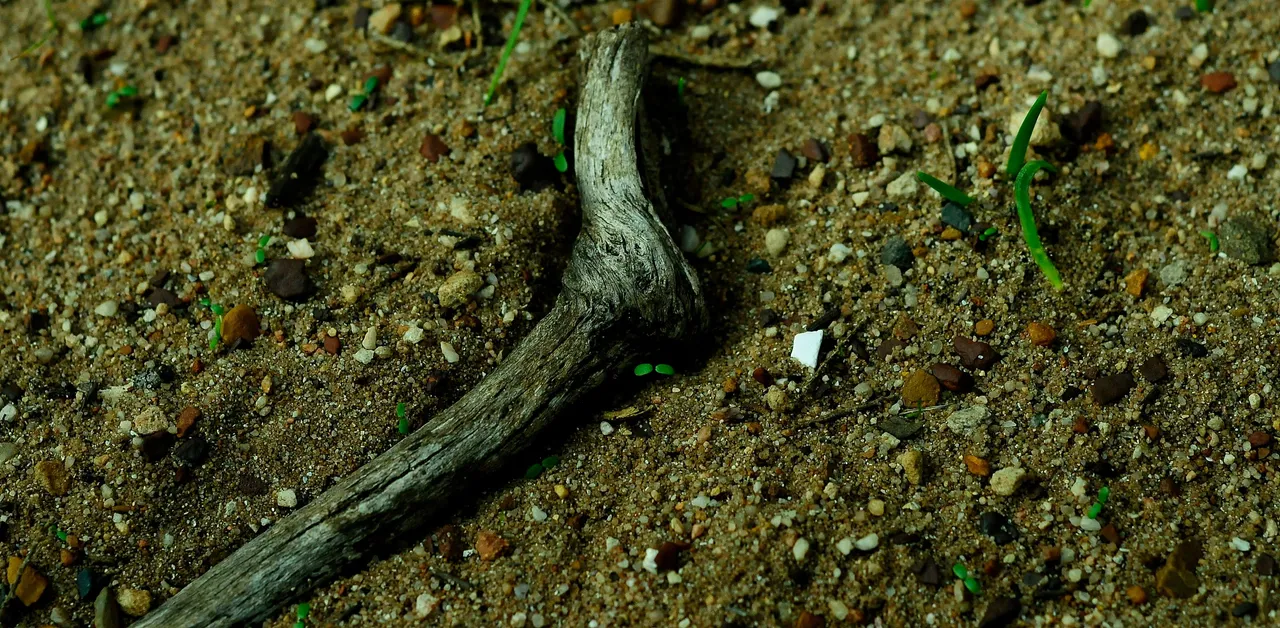
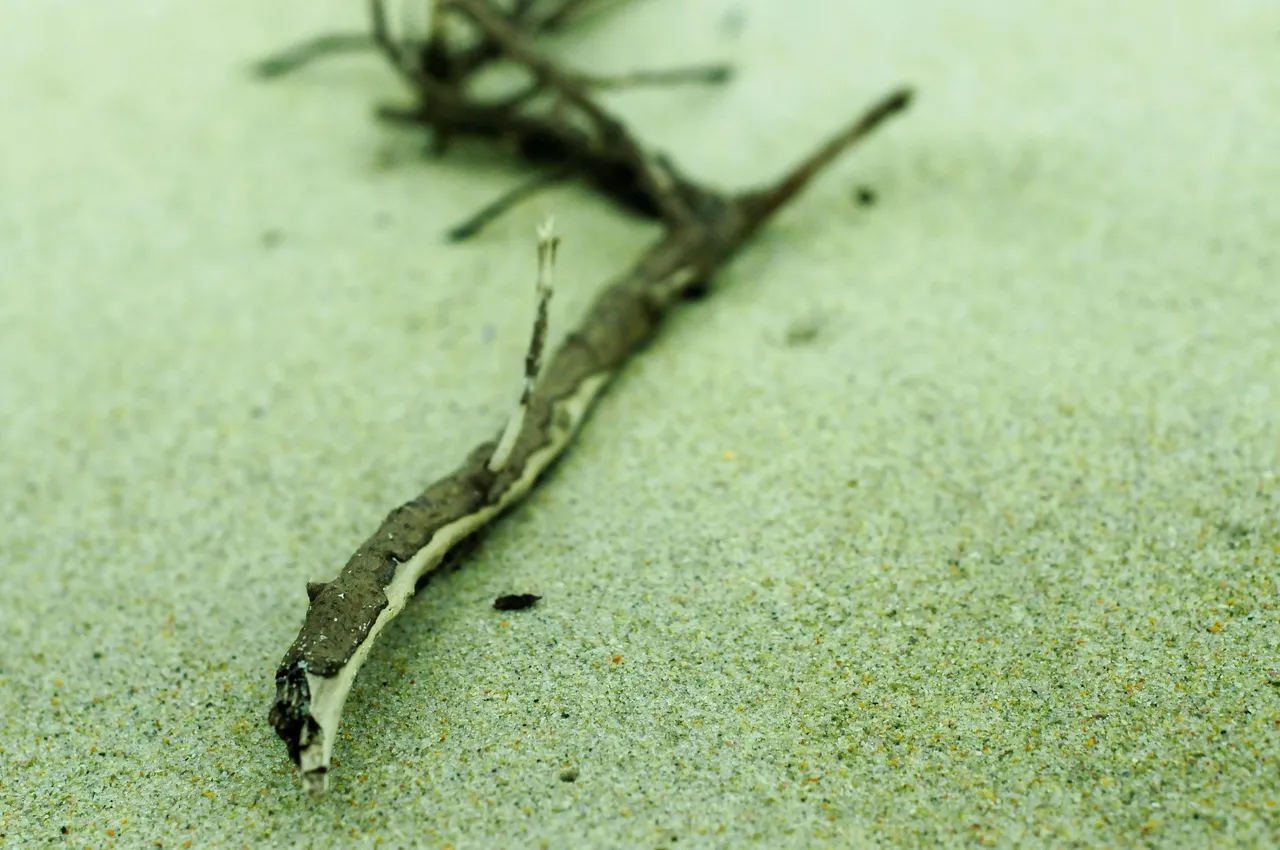
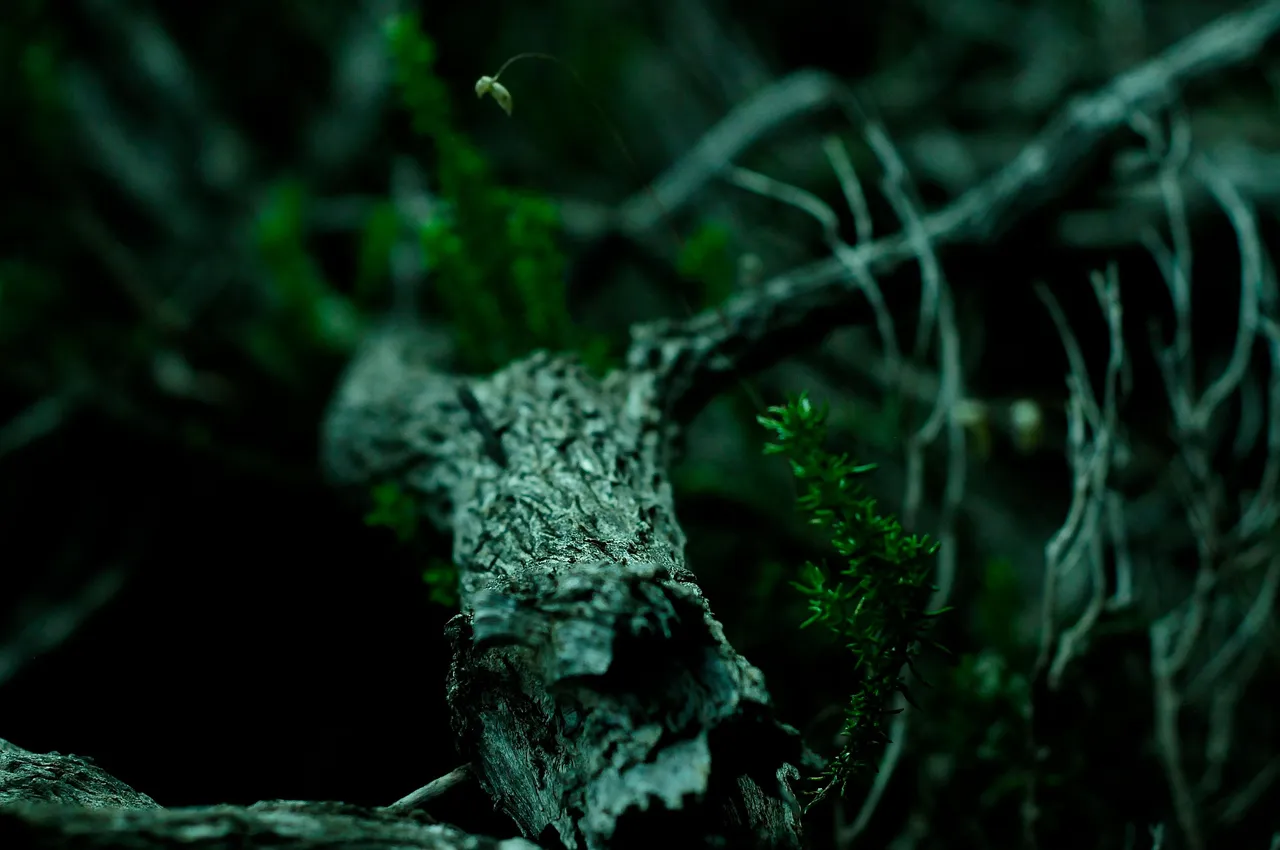


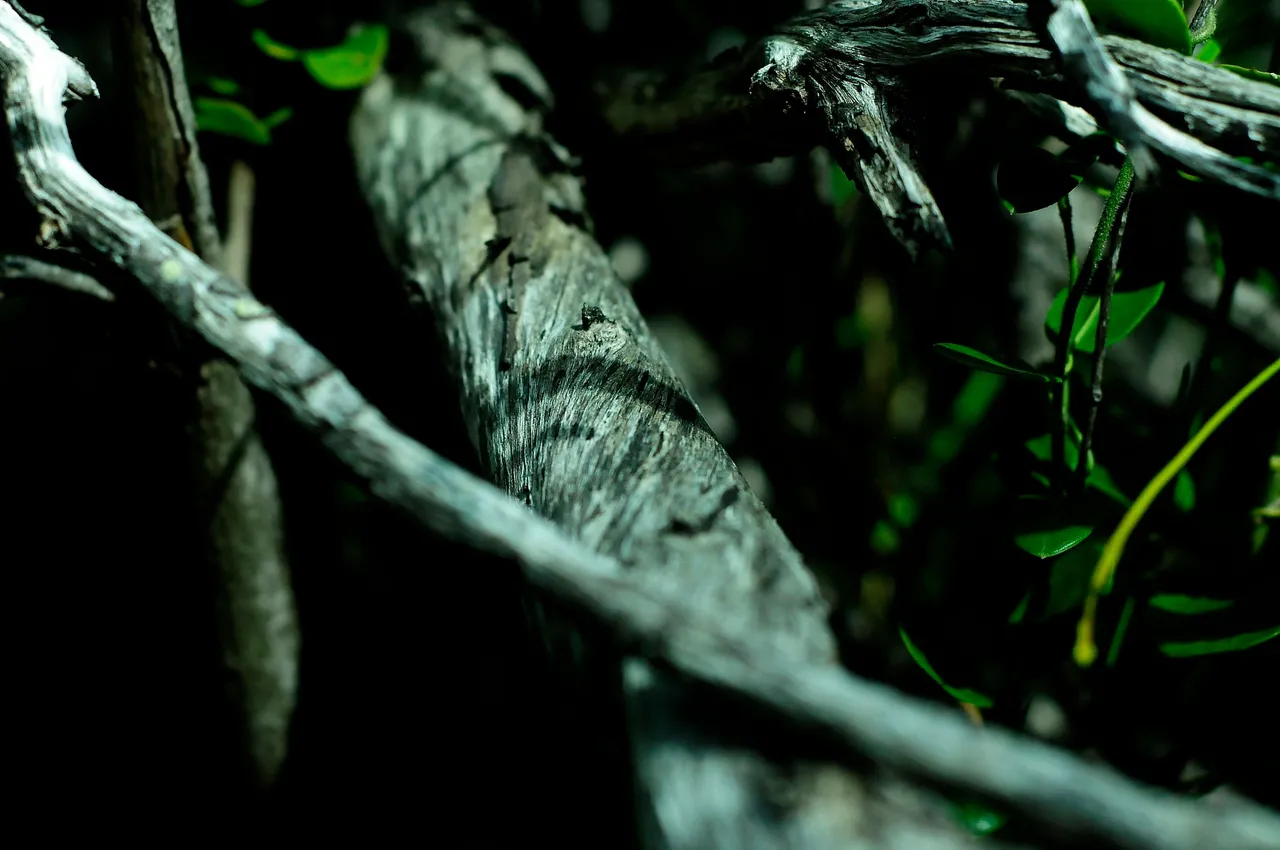
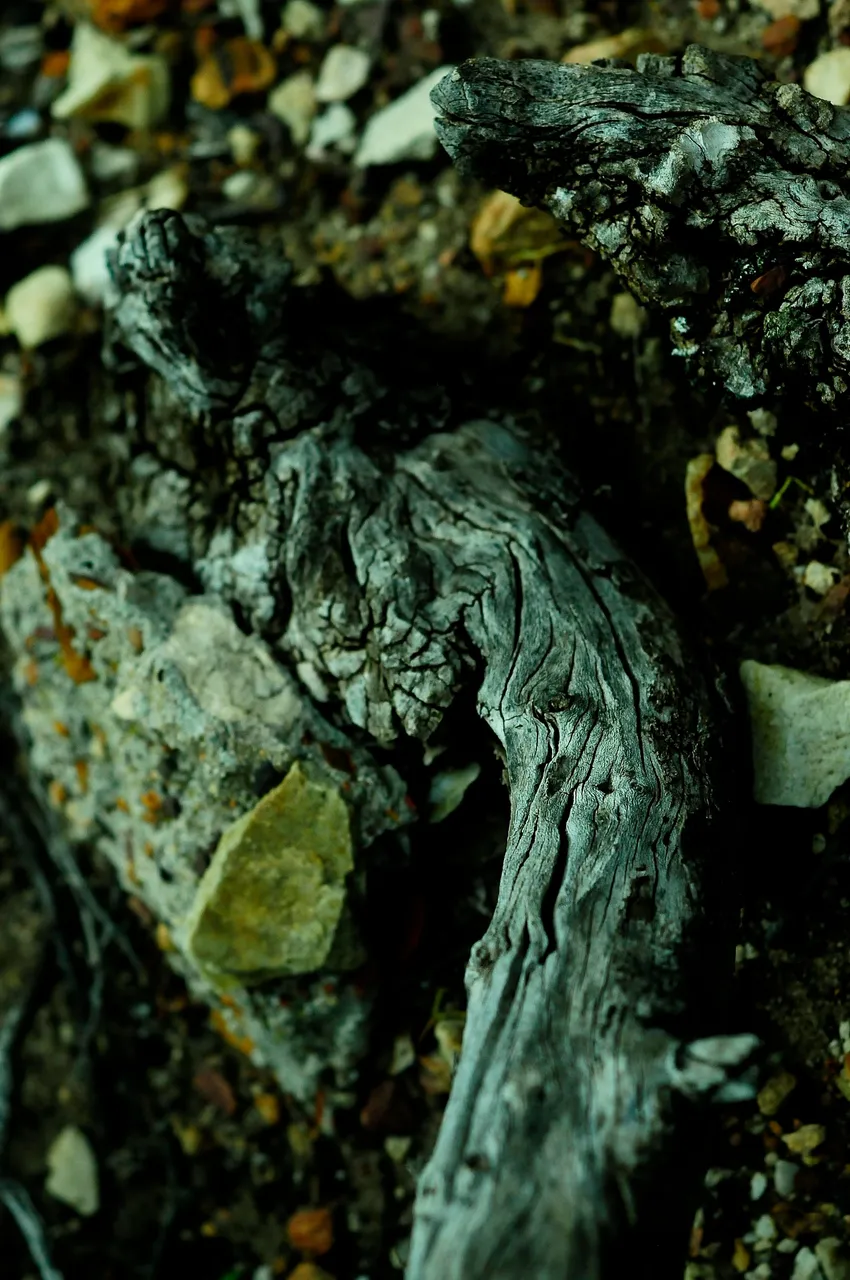
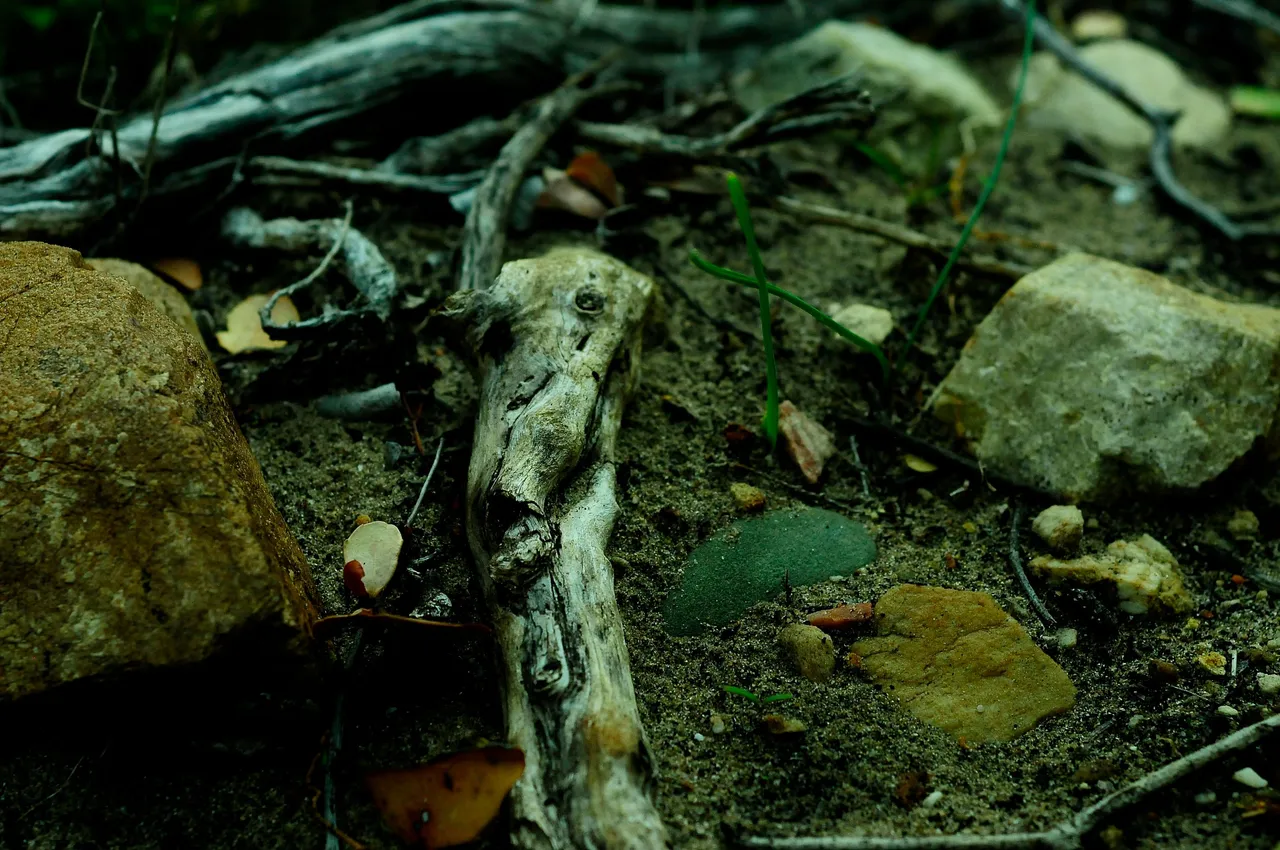
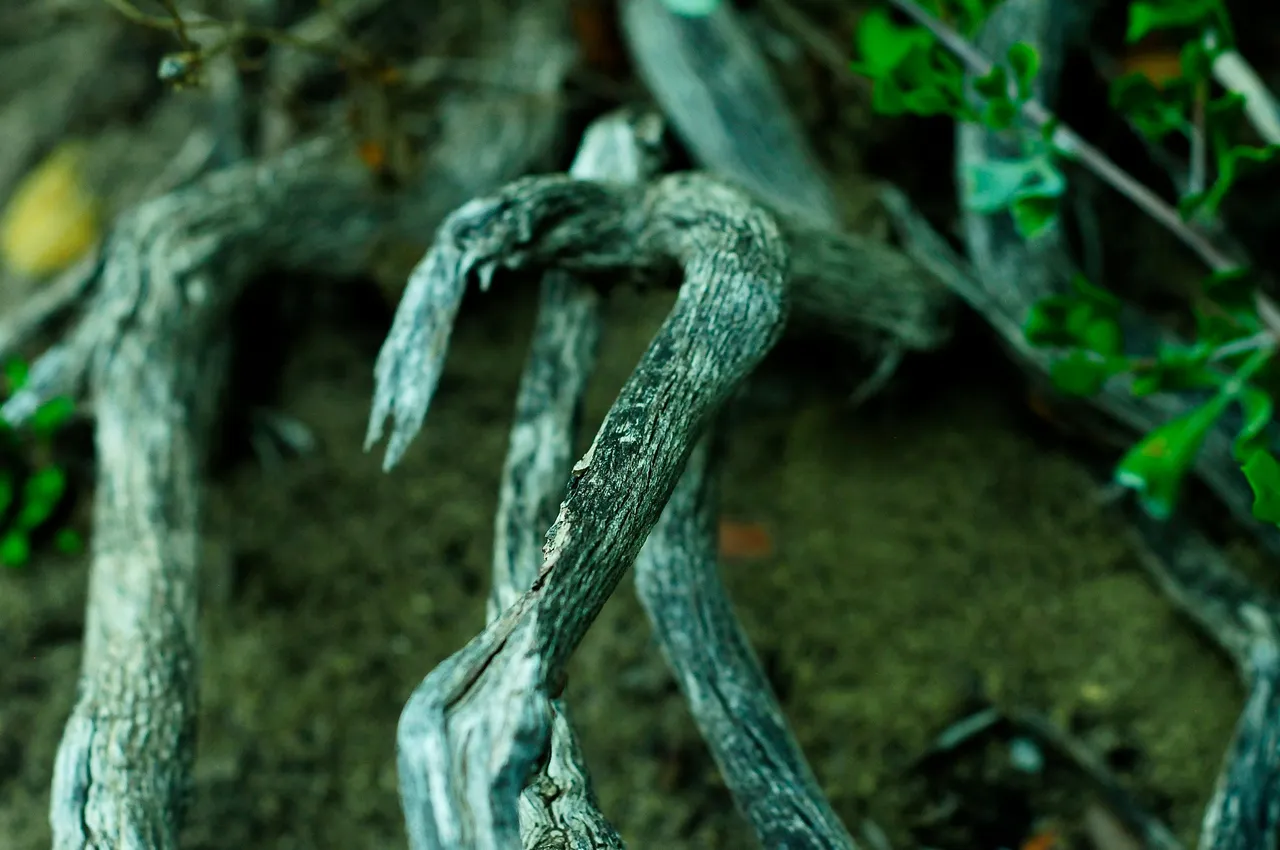
A Philosophical Stand-still in Front of the Halting of Movement
... Camus and other philosophers continue the line of thought when they state that the chain of monotomous movement breaks down as soon as, for example, "Why?" is asked. In other words, something breaks the daily grind and brings it to s screeching halt. One takes, as if it were, a step backward and observes things that have been obvious and seemingly natural.
In my home language of Afrikaans, we use the term (without hyphens) "voor-die-hand-liggend". Literally translated, it reads: "in front-of-the-hand-lying down". Hidden in the Afrikaans term voor die hand liggend is the Heideggarian difference between present-at-hand and ready-to-hand. For Heiddeger, we are in the world with different things, but we are not mere things as, for example, a chair is a thing in the world. For us humans, he contends, our existence troubles us, we make it a problem. The chair does not have this ability. In our daily hustle and bustle, the chair us used by us in a wholly unreflective manner, that is, it is ready-to-hand in Heidegger speak. Simply put, the chair is used by me in a manner that I take its existence as obvious, natural, or in Afrikaans, voor die hand liggend. However, as soon as the chair breaks, I lose this sense of obvious-ness linked to the chair and perceive the chair present-at-hand, meaning, I see the chair now in the light of a thing because it does not function in its normal way. In short, it is not obvious any longer, but now something that grabs my attention.
Thus, as soon as something breaks down, we can contemplate it for what it is.
Our daily routine becomes voor die hand liggend, it becomes obvious. We do not see it as movement, it merely is. Hidden in the Afrikaans term voor die hand liggend beyond that what I just mention is also the notion of laying something down and open in front of us. To contemplate something, you need to place it in front of you so that you can contemplate it. The cliche metaphor we something use, I lay my cards on the table, begins to touch upon this notion of laying something in front of one for contemplation.
Voor die hand liggend when we link it to movement, especially movement of our daily lives, symbolizes the screeching halt when we take that philosophical step backward to observe things outside of the normal obvious frame of mind. In other words, movement lay bare on the table for us to contemplate in its everyday-ness.
The piece of driftwood on the beachfront captures this moment. The tree grew a branch that broke away after a bad spell of winds. It drifted seemingly endlessly and purposelessly in the waves until a day it came to rest on the sand. I contemplated this piece of wood outside of the context in which it originated for what it was in that context. Meaning, only now that the moving piece of growing timber came to a halt, can I contemplate the beauty of what it is and was. This takes the piece of wood out of the realm of the familiar by placing it in a different, but still familiar, light. It is merely a change of context. Ostranenie, or the art of taking something familiar and making it strange and alienating by merely placing it in a different light (read: framework), works on this very same principle. When something "breaks", it becomes an object of contemplation, but it will happen in a wholly different context; subsequently, one alienates oneself from that object.
The piece of driftwood is a broken object, one that I contemplate, on that I contemplate in a wholly different context and in a different light. Thus, it forces me to stand still in front of it and to contemplate it in a light that makes it strange.
Postscriptum, or It is Too Late for That
Another cliche, it is only when you lost something that you know the worth it played in your life. It is only when you lose a friend that you realize how important that person was. There is poetic beauty in this; it is only at death that we realize how beautiful life is. But this should force us to live and not merely contemplate life. We should live.
I hope you enjoyed this edition of the continuing movement series. It is growing like a piece of timber!
The photographs in this post are my own, taken with my Nikon D300 and Nikkor 50mm lens. The musings, unless stated otherwise or hyperlinked, are my own creations.